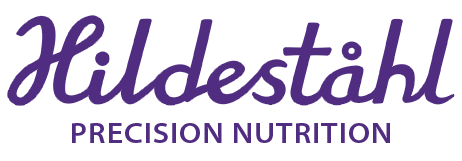No products in the cart.
Hair loss, what can we do about it? Answers from five Japanese medical specialists and hair professionals
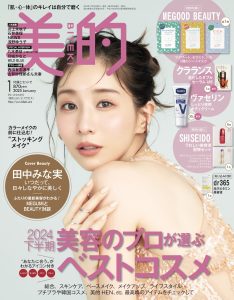
Here are tips from five Japanese medical experts, hair professionals and beauty professionals on how to prevent hair loss.
The article is translated by us from Japanese. We think it is interesting to give a new perspective on hair health and show how to look at it in Japan.
The article published on November 18, 2021, on the Biteki magazine website.
Action 1: two key points, according to Dr. Satoko Hamanaka, specialist in anti-ageing medicine.
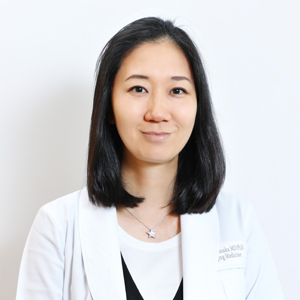
Dr. Satoko Hamanaka / Specialist in anti-ageing medicine. Director of the Women’s Health Clinic in Tokyo. Consultant physician, Wakisaka Women’s Health Clinic Osaka. Specialist, International Society of Anti-Aging Medicine. Specialist Physician, American Society of Anti-Aging Medicine.
Review your food and sleep.
The two most important things you can do to prevent hair loss and thinning hair are to ‘watch your diet’ and ‘get a good night’s sleep’.
The ideal diet should contain a good balance of vitamins, minerals, protein and carbohydrates. It is particularly important to make sure you get enough protein, which builds up your hair, and the vitamin B group, which is involved in protein synthesis. If you follow an excessively strict diet because you are worried about your weight and figure, you run the risk of your hair not being nourished and each strand becoming thin. If you go on a diet, don’t overdo it and think about the nutritional balance.
Sleep at least 5-6 hours every day. If you go to bed and get up at the same time as the rhythm of the sun, it is easier to maintain the balance of the hormones involved in hair growth. Getting a good night’s sleep can also help relieve stress, which is one of the causes of hair loss. Sleep also plays a role in the secretion of growth hormones, which stimulate cell growth. So make sure you get a good night’s sleep.
Review your shampooing habits
It is important to review your daily shampooing habits to prevent hair loss. Shampooing to remove dirt and keep the scalp clean is an important step in preparing the scalp environment, which can be said to be the foundation of the hair.
Correct shampooing method
1. wet your hair thoroughly.
2. lather the shampoo in the palm of your hand.
3. massage the scalp.
4. Rinse in the shower until the wetness disappears.
5. Finish with a rinse.
6. apply treatment and rinse thoroughly.
Dry the hair immediately after washing without leaving any moisture in the hair. It is important to dry the scalp thoroughly and as quickly as possible to prevent damage to the hair and to prevent the growth of bacteria on the scalp.
Action 2: Massage to release the muscles around the head (using a scalp serum) – according to Kosuke Watanabe, researcher.

Kosuke Watanabe, Milbon Research and Development Department. Part of Milbon’s basic research and development team, involved in hair health research and presents at many conferences. Researches at a university in the field of hair chemistry.
Not only ageing but also stress can stretch the membrane of the capsule downwards, making it difficult for hair to grow. Some people also develop alopecia areata, so stress is a real enemy.
When you’re stressed, the muscles around your head also atrophy, which can also restrict blood flow!
To counteract this, we recommend a scalp muscle massage that grabs and loosens the muscles. Stress causes redness and inflammation of the scalp, which leads to hair loss, so a scalp serum containing anti-inflammatory ingredients is effective. In addition, Milbon discovered that growth of a bacterium called Corynebacterium causes scalp inflammation. We believe that a method that inhibits the abnormal growth of this bacterium is also effective.
Do a head massage like this
STEP 1: Grasp and loosen the forehead muscles.
Start by applying a scalp serum to the entire clean scalp. Grab and loosen with five fingers, focusing on the area just between your forehead and the top of your head, where you can feel a bulge when you touch it. Use as much force as feels comfortable.
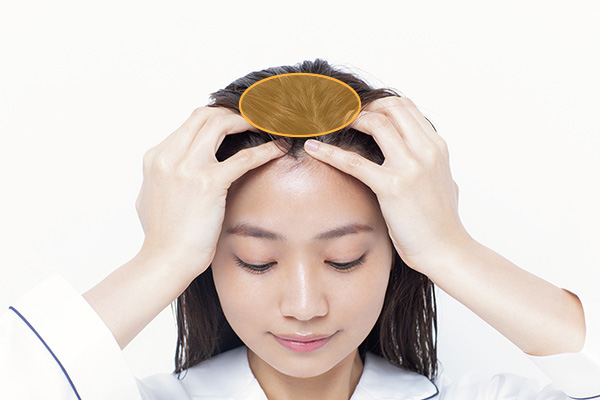
STEP 2: Relax mainly over the ears.
The temporal region tends to become particularly stiff when stressed. Press the surface between the first and second joints of the fingers of both hands against the area just above the ear and relax firmly in a circular motion as if you were moving the whole muscle.

STEP 3: Grasp and loosen the back of the head
Grasp the back of the head with five fingers and press hard to release the back of the head. Be especially careful above and below the curve of the neck bone. Grasping and releasing the front, sides and back of the head stimulates blood flow and lymphatic flow, which nourishes and promotes healthy hair. 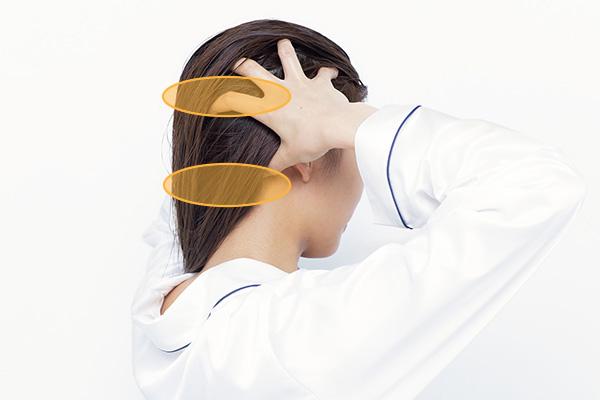
Milbon Aujua Glossive Glow Essence.
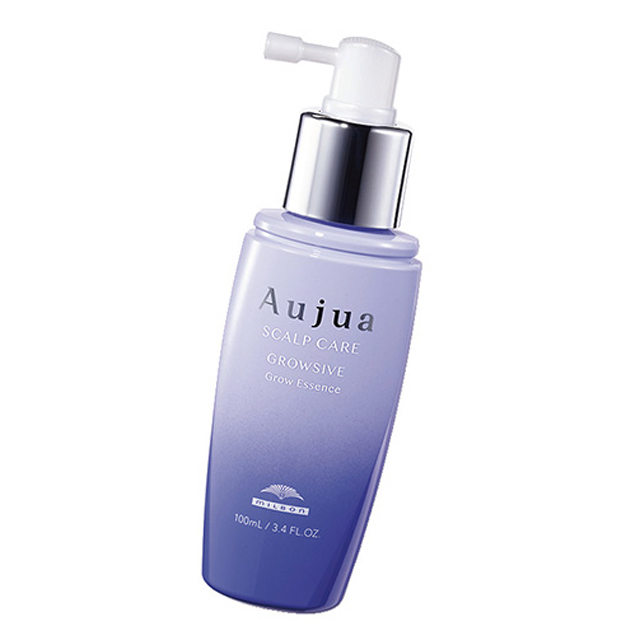
Contains extract from perilla plant. Moisturizes the scalp and maintains healthy black hair.
Action 3: Brush your hair right, according to beauty editor and hair diagnostician Nami Ikuma.
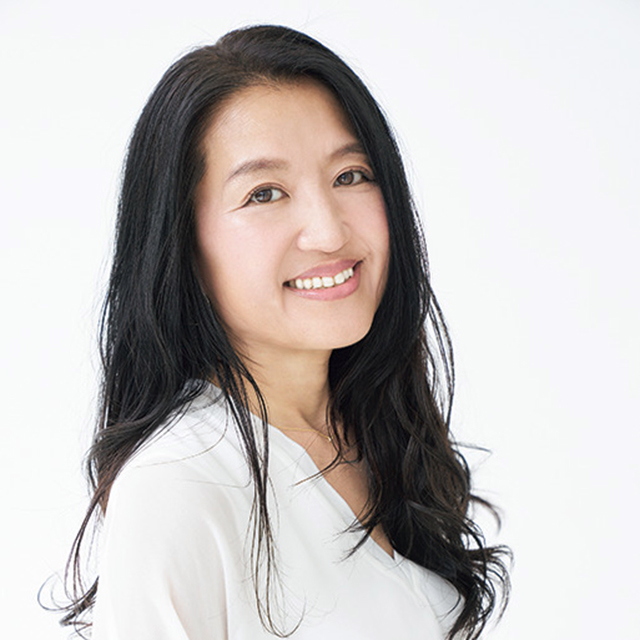
Beauty editor and hair diagnostician Nami Ikuma.
Active in a wide range of fields as a beauty editor with a training as a hair diagnostician.
Currently working on the book “Good White Hair Care, Bad White Hair Care” (Japanese title いい白髪ケア、やばい白髪ケア).
Brushing your hair right
“Gray hair and thinning hair are said to be caused by poor metabolism and blood flow. The first step is to increase blood flow to the scalp by scalp brushing! It will be even more effective if you apply plenty of scalp serum before brushing”.
How to brush
STEP 1: Move in a circular motion from the sides of your head to the back of your head to loosen your scalp.
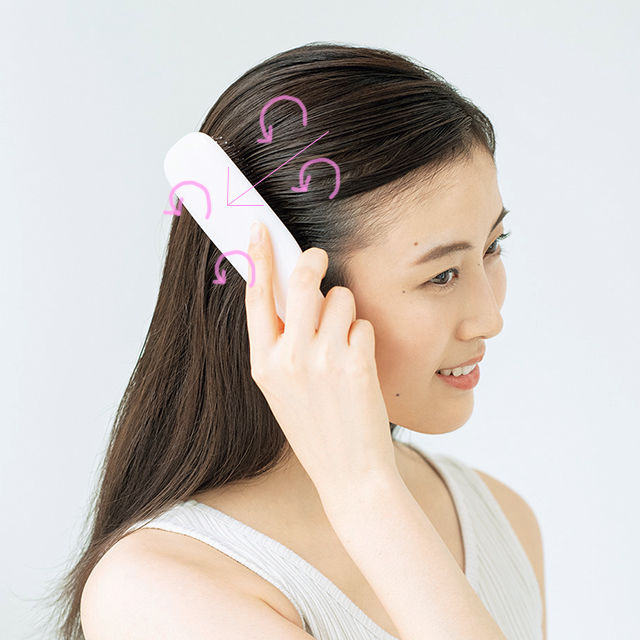
STEP 2: Boost blood circulation on the back of the head, from the collar to the crown of the head.
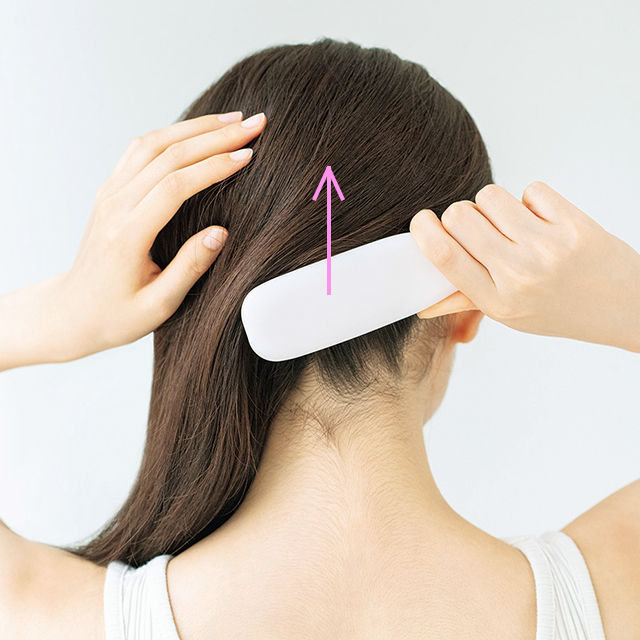
STEP 3: Brush diagonally to distribute the blood flow to the entire top of the head.
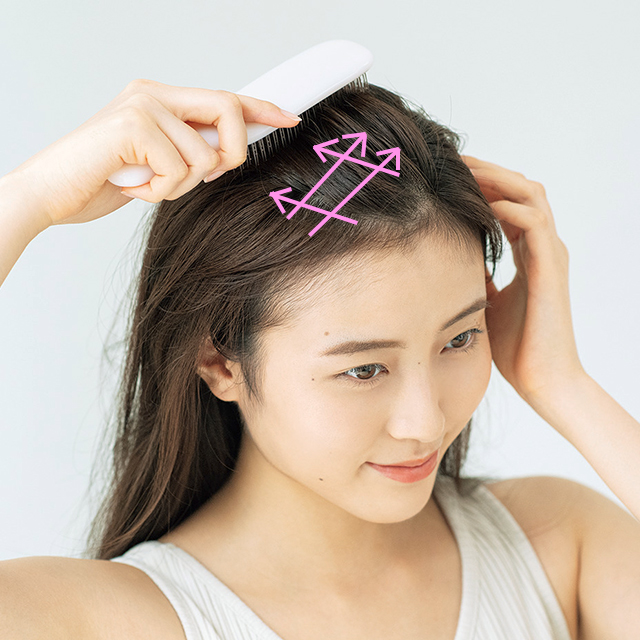
Recommended products
KAI KOBAKO Hair Smooth Brush Soft
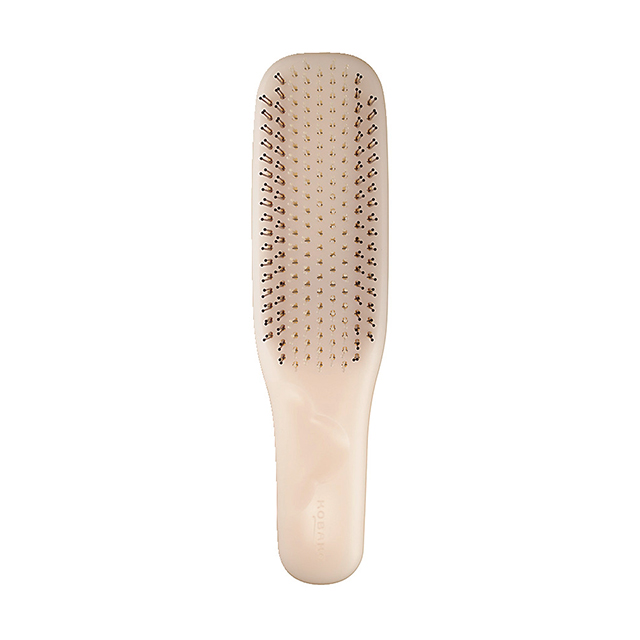
S Heart S Scalping Brush Short
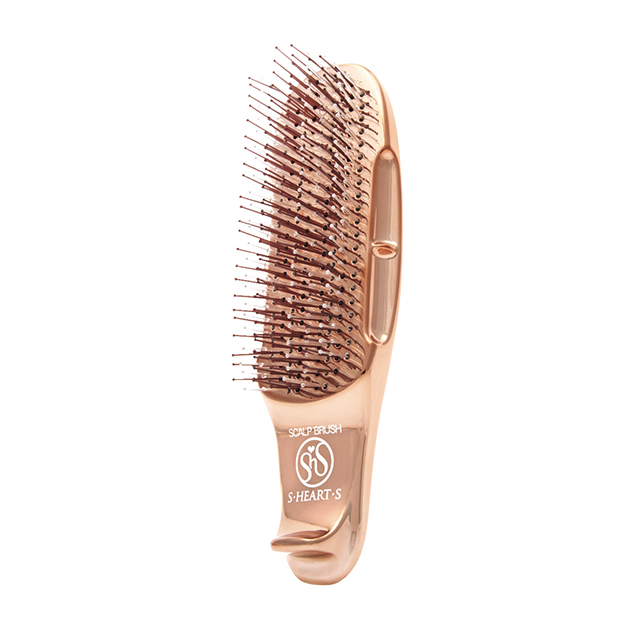
Estessimo Selcert Enerfi Essence.
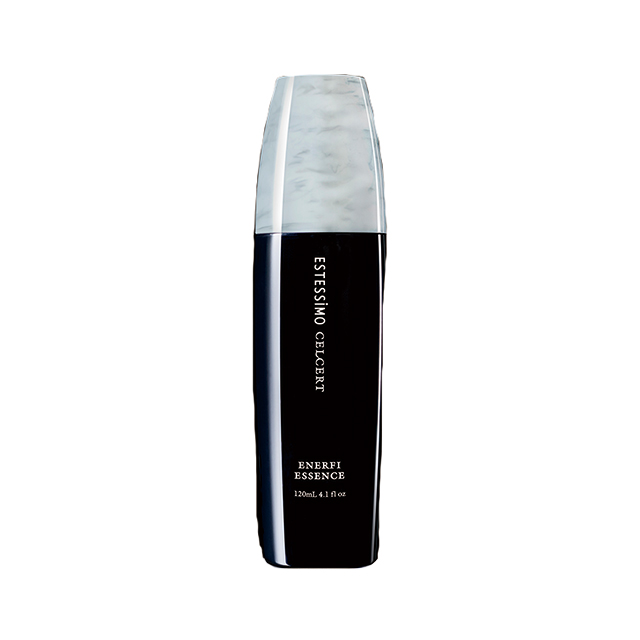
Fracora BIHATSUIKU Serum for the scalp. For fluffy, lush hair.
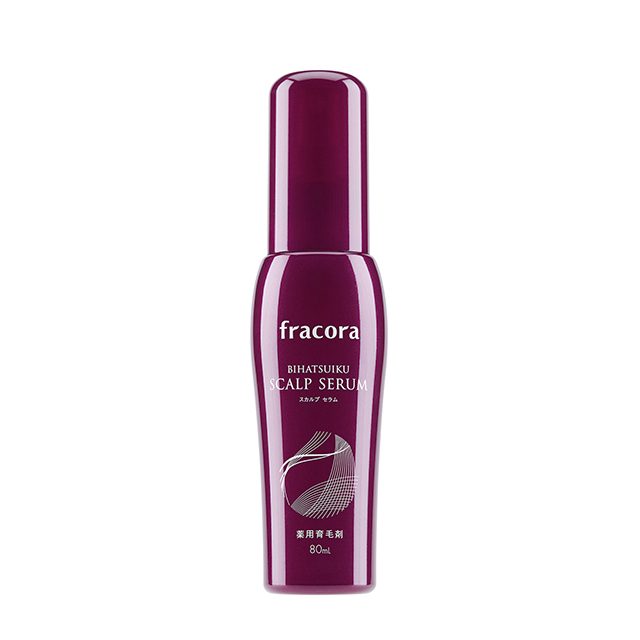
Action 4: Consider this if you often wear a cap, according to Dr. Takumi Nishigaki, director of AGA Skin Clinic Shinjuku Ekimae Clinic.
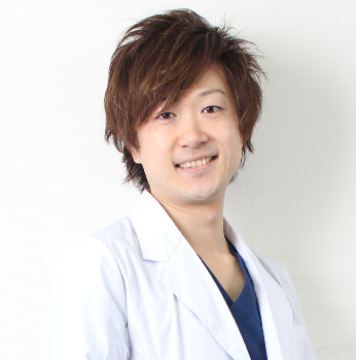
Director, AGA Skin Clinic Shinjuku Ekimae Clinic, Dr. Takumi Nishigaki.
After graduating from Osaka Medical College, Dr. Nishigaki worked at Juntendo University Juntendo Hospital before joining AGA Skin Clinic in 2013, where he has been the Director of AGA Skin Clinic Shinjuku Ekimae Clinic since 2018.
Avoid moisture and bacterial growth from wearing a cap for a long time.
F. Is it true that wearing a cap/hat makes you thin?
A. Yes, it is true!
If you wear a cap for long periods, your scalp becomes moist with sweat and other substances, which can lead to bacterial growth. If the bacteria cause inflammation of the scalp and pores, the risk of increased hair loss increases.
On the other hand, exposure to ultraviolet radiation damages hair matrix cells and hair follicle stem cells, making it impossible for hair to grow fully. This is also a factor contributing to thinning hair. Therefore, it is important to wear a hat correctly
The first thing to remember is to choose a material with good ventilation properties to prevent it from becoming trapped. Hats, like clothes, are also subject to sebum stains and sweat. This can lead to the growth of bacteria. Therefore, hats should also be washed frequently. Even if the material is not washable, you can keep it clean by using a care spray. Also, avoid wearing hats for long periods and take them off indoors and wipe sweat off your scalp and forehead with a clean towel.
Action 5: Use a good dietary supplement, according to Kayoko Amano, editor-in-chief of Aesthetic GRAND and beauty editor.
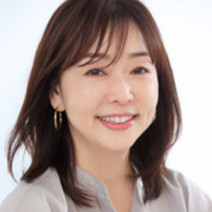
Editor-in-Chief and Beauty Editor, Aesthetic GRAND, Kayoko Amano.
Kayoko Amano has worked as a music writer, author and editor since the first issue of Aesthetic, and is currently the editor-in-chief of Aesthetic GRAND. She has been featured on TV programs as Matsuko Kaigi for her age-defying beautiful skin. Her first beauty book “You can have beautiful skin regardless of age!” (published by Shogakukan, Japanese title 何歳からでも美肌になれる) has been a bestseller for a long time.
Take supplements for your hair.
A common question: After giving birth, my hair has become thin. I am worried that it will become even thinner in the future due to menopause.
Answer: Actively take nutrients that nourish the hair to avoid thinning hair.
Hair is greatly affected by hormonal balance after childbirth and during menopause. Hormone replacement therapy can stabilize hormone balance and reduce changes in hair quality, but before that it is important to review your diet and take nutrients that are good for your hair. Vitamins, zinc and amino acids, but a food supplement for this is most effective. The two supplements below, developed to optimize hair growth, are particularly recommended.
There are many ways to treat hair loss, and the right supplements can make a big difference. Find out more about hair loss and how to prevent it or get tips on the best supplements for your hair.
https://www.biteki.com/hair/trouble/372486
Original article published 2021.11.18
At Hildestahl.com you will find the dietary supplement Hairforce, developed specifically for hair, skin and nails. Made in Sweden, sold at hairdressers and skin care therapists since 2016.
Hairforce is developed to solve problems mentioned in the article, hair loss, scalp problems, nutritional deficiencies due to stress, pregnancy and other causes, inflammation and other scalp problems, and hormonal imbalances.
You can buy Hairforce Professional at your hairdresser or online here.
